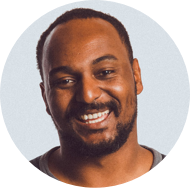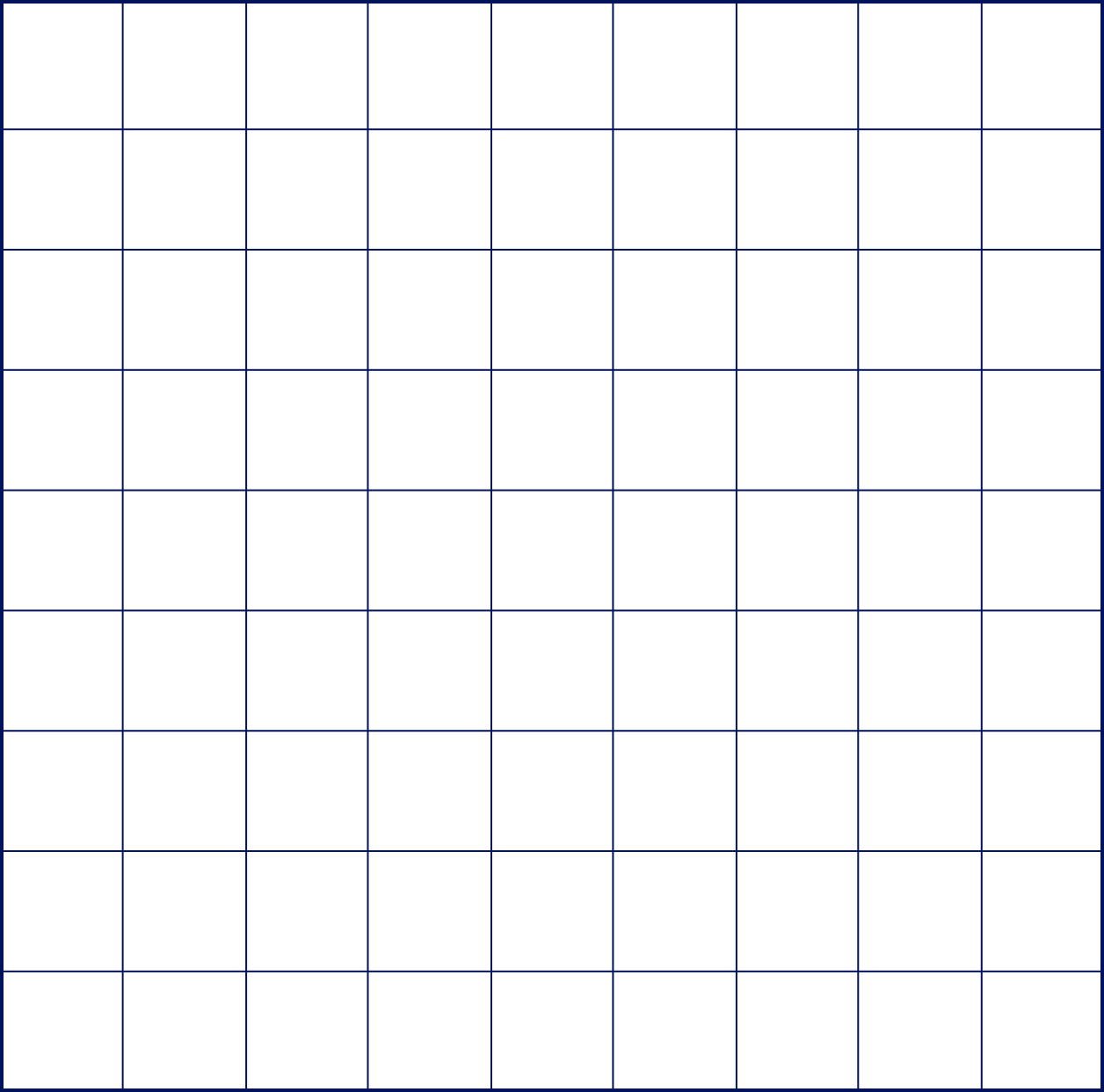After the success of the first Design Week, it was time to get serious, as Pines says, to “make it real.”
DWP moved to become an official organization and to refine its long-term values. “We [really] wanted to be more decentralized,” she says. “We wanted to be cross-disciplinary, not just designers talking to designers, and without a professional affiliation. We wanted to reflect the grassroots spirit of the city. That’s always been foundational to what we do.”



















































